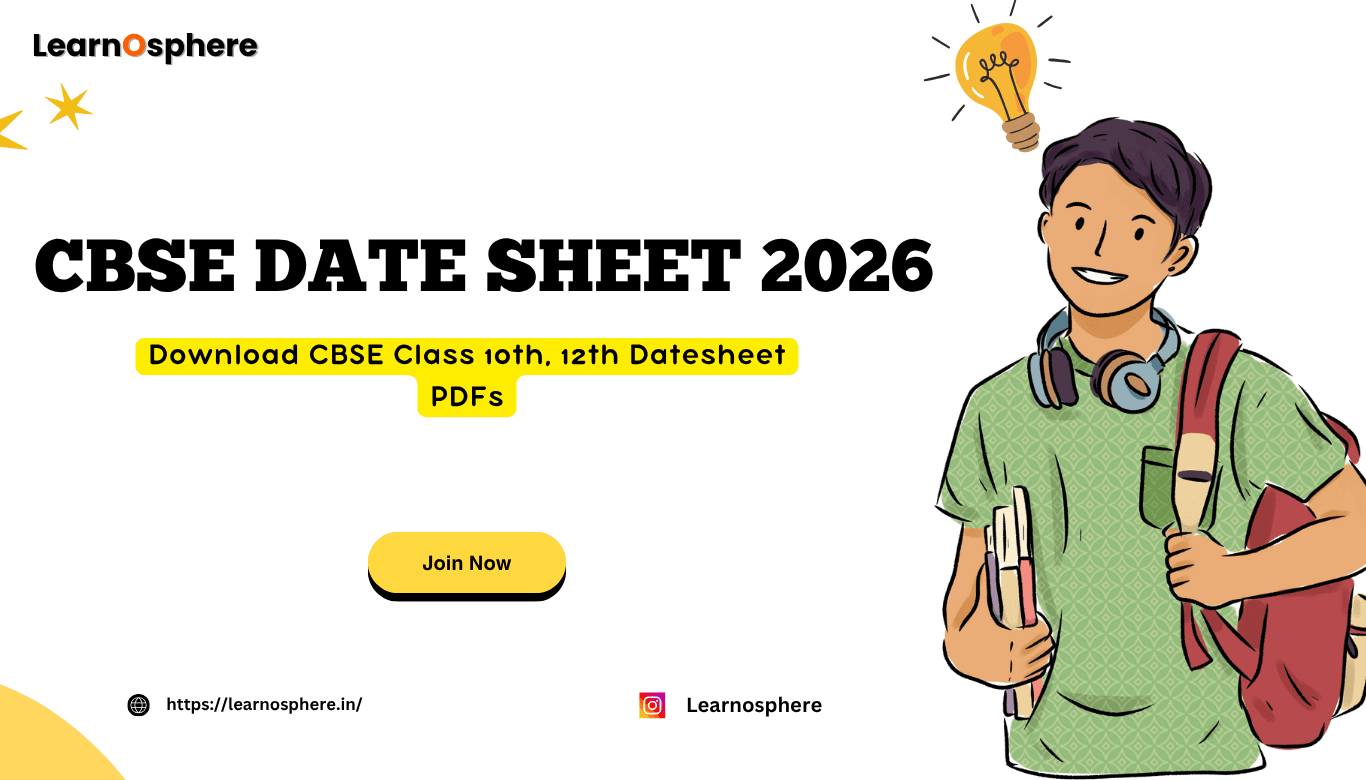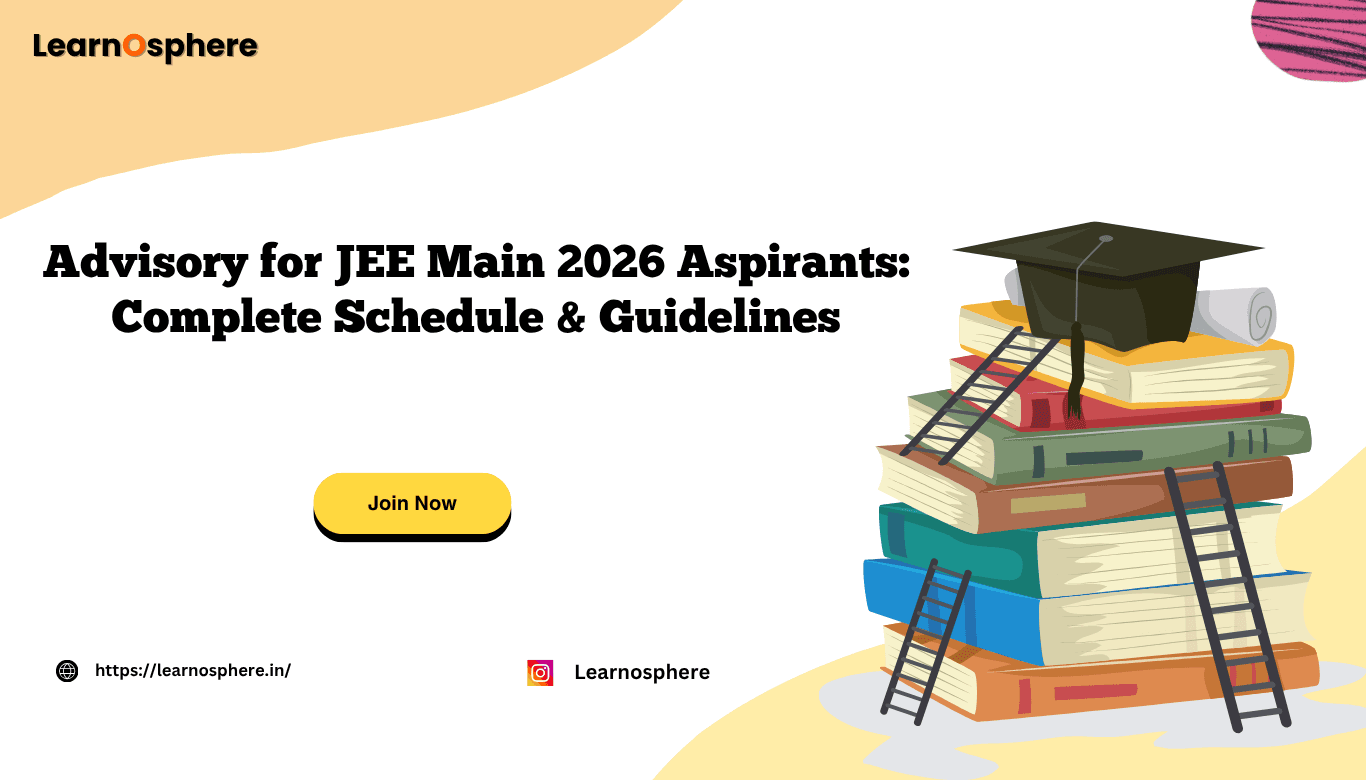Blogs For All India School Education Survey
Purpose Of Education Survey
The main purpose of All India Educational Surveys (AIES) conducted periodically by the National Council of Educational Research and Training (NCERT), is to collect, compile and disseminate information of the country’s overall progress in the area of school education. These Surveys provide basic inputs to develop educational plans at micro-level as well as at macro-level, to formulate educational policies, and to monitor the progress of various educational schemes of the Central and State Governments. It covers availability of schooling facilities in rural habitations, physical and educational facilities in schools, incentive schemes and beneficiaries, medium of instruction and languages taught, enrolment particularly of SCs, STs, girls and educationally backward minority community, teachers and their academic and professional qualifications, library, laboratory, ancillary staff and subject-wise enrolment at +2 stage of education. In addition, the enrolment and teachers in unrecognised schools, Alternative Schools and AIE Centers, Oriental Schools covering Sanskrit Pathshalas, Madarsas and Maktabs; Special Schools for children with disabilities, and Pre-primary Institutions are covered.
Organisations Involved
At the national level three organizations, namely, the Union Ministry of Human Resource Development (MHRD), the National Council of Educational Research and Training (NCERT) and the National Informatics Center (NIC) are involved. The MHRD provides funds for the Survey and administrative support for its efficient execution. The NCERT has shared responsibility of providing all academic inputs, management and coordination of Survey Operations and bringing out the reports for dissemination. The NIC has been responsible for all aspects of Computerisation of the Survey including software development, processing of data and tabulation of results at the district, state and national level. In addition to this, NICNET network facility is used for faster communication and management of Survey activities. At the state level all the 35 State Governments and Union Territory administrations are involved in execution of the Survey.
Objectives of the Survey
To assess the availability of Schooling facility for primary, upper-primary, secondary and higher secondary stages within the habitations (including SC/ST) in different population slabs. In case the facility is not within the habitation, the distance at which available. To assess availability of basic facilities in the recognized schools such as building, classrooms, drinking water, electricity, urinals, lavatories, furniture for students and teachers, incentive schemes and beneficiaries, medical check-up and vaccination/inoculation of students. To know class-wise enrolment in all stages of recognized schools. To know number of children with disabilities in all stages of recognized schools. To find out the subject-wise enrolment by sex in academic stream and availability of qualified teachers at higher secondary stage of the school. To know about the availability of science laboratories and library, physical education teachers, librarian, guidance counselor, non-teaching staff in secondary and higher secondary schools. To assess the position of teachers (by sex and SC/ST/OBC/Others) with academic and professional qualifications at different school stages in recognized schools. To find out distribution of recognized schools in regard to languages taught and languages used as medium of instruction. To find out enrolment and teachers in primary/upper primary classes of unrecognized schools. To asses the position of enrolment and instructors in schools/centres under Education Guarantee Scheme & Alternative and Innovative Education (EGS & AIE). To find out number of children and teachers by sex in pre-primary schools. To know the disability-wise enrolment, teachers, structural facilities, equipments and instructional material in special schools. To find out the position of enrolment and teachers in oriental schools, viz.,Sanskrit Pathshalas, Maktabs and Madarsas . To estimate the class-wise enrolment by single age, new entrants, promotees, repeaters and attendance in the context of UEE.
















